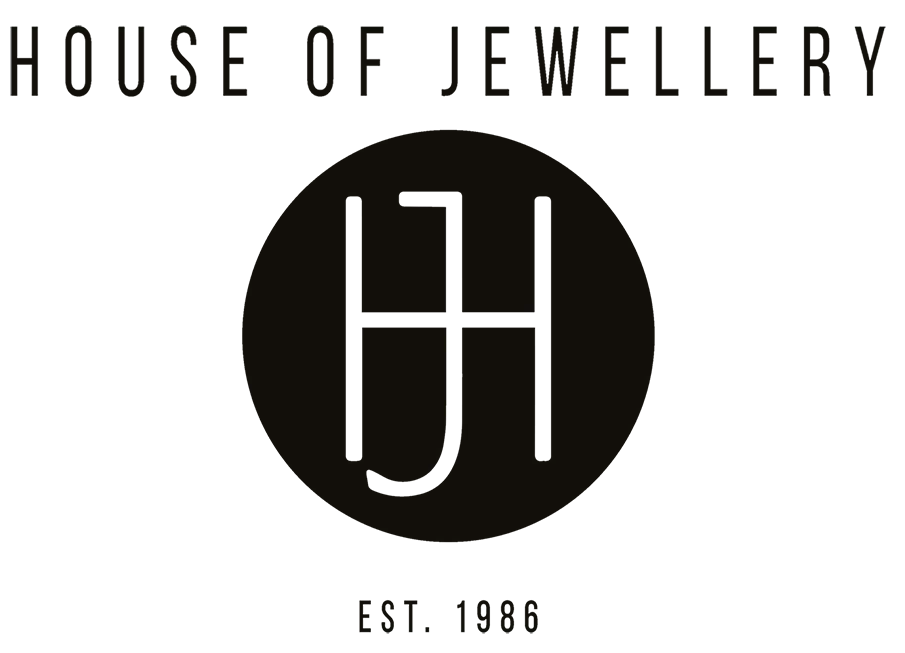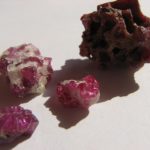October’s Birthstone has been through a roller coaster of popularity, myth, and disdain. This gorgeous gemstone is still underrated, however, all things considered, it has made a decent comeback. Keep scrolling to learn more about opal and its tedious history.
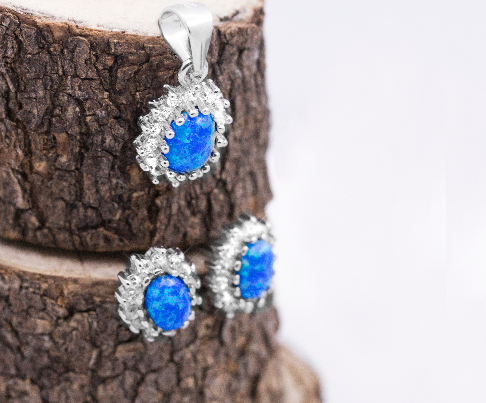
1. The Meaning Behind the Name
“Opal” comes from either the Latin word “opalus” or the Sanskrit word, “upala.” There’s also the Greek word, “opallios,” which means to see colour changes.
Many Greeks believed that opals were Zeus’s tears of joy. Naturally, they were seen as important and held a lot of meaning for the ancient Greeks.

2. What’s Opal Made of?
October’s birthstone is made of water and silica. Silica is a common mineral that can be found in materials like sand and granite. It’s used mostly for industrial purposes like making glass or preventing moisture from damaging products.
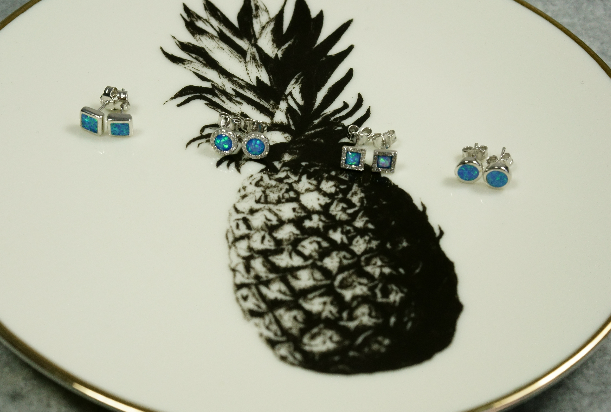
3. How October’s Birthstone is Made
When water travels through soil and crust, it picks up particles of silica. This mixture travels through cracks and holes in the earth and along the way, and as it does, the water evaporates. The evaporation leaves behind the silica, and as this process happens over time, the silica builds up, pressure keeps it together, and opal is formed.
Different factors during this process affects the type of opal that is produced.

4. Made in the Land Down Under
Believe it or not, but roughly 90 – 95% of opal is found in Australia. The remainder is found in countries in the Americas and Africa. Often times it can be found near hot springs or close to where they used to be and close to geysers.

5. And in Space!
Opal has been found on Mars. Many consider this an exciting way to examine any possibility that life has lived on Mars.

6. A Soft Stone
Opals are one of the softest gemstones, ranging from 5.5 to 6.5 on the Mohs scale. When picking out jewellery, try sticking to earrings or other pieces that are less likely to be scuffed up. If you must have a ring, try to find something with a secure bezel setting. This is an important factor when considering buying October’s birthstone for a loved one.
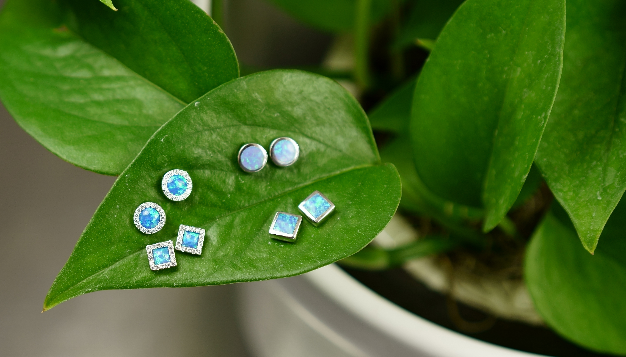
7. Play of Colour
The term “play of colour” is used to describe the appearance of opals. It’s when there is a rainbow-like array of iridescent colours that shine. This is one of the major factors when determining the worth of an opal.
Many famous people have associated opal with other worlds, containing worlds, and being a stone of the universe because of this.
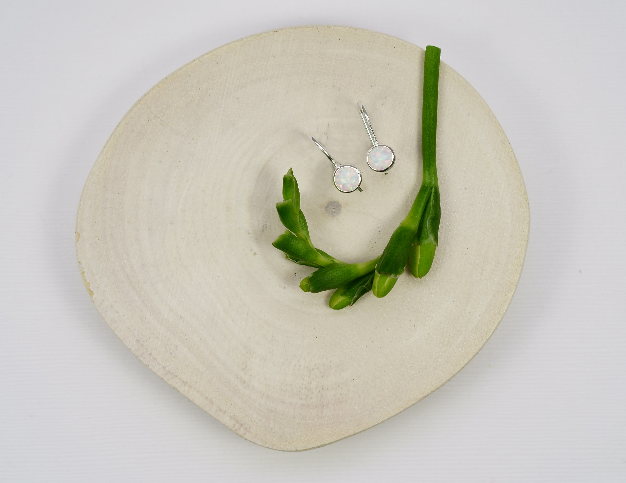
8. Different Types of Opal
Similar to any other gemstone, opal can be found in a variety of different types.
Black opal is the rarest type. This is when the body colour is black or dark grey. White and light grey are the most common. There’s also boulder opal (when opal is attached to the rock it’s found in), fire opal, matrix opal (opal infused into a rock), and honey opal to name a few.
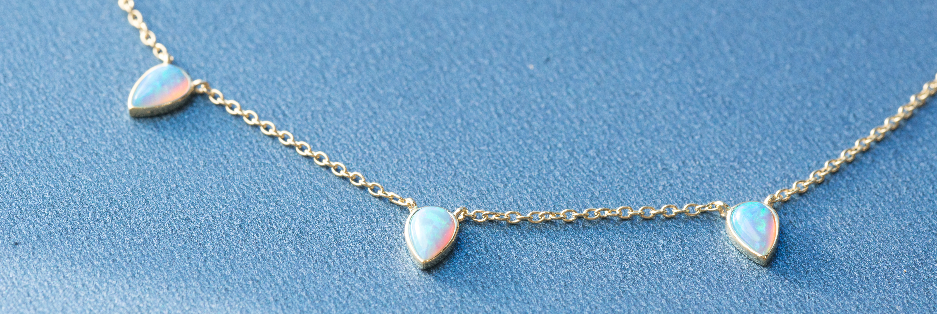
9. Two Categories of Opal
Opals can be sorted into two categories: precious and common.
Precious have lots of vibrancy with a single colour, or they can have layers of colours. Think of fire or matrix opal. Common opal, or “potch” opal, doesn’t have any vibrancy or florescent colour. They usually only have one pastel colour to them. This includes honey and crystal opal.

10. A Good Stone to Have…
During the Middle Ages, people considered opal to bring its owner lots of luck. This was because many believed that the colours in opal represented positive virtues.
Similarly, people in Asia believed that opals were symbols of hope.
Opal has also been associated with purity and protection. It makes for a great stone to have around.

11. … But it Hasn’t Always Been That Way
There was a point in time when various European and Middle Eastern countries believed the superstition about opals being bad stones. It was said that if opals were seen in a store, that the customer was to not buy anything and simply walk out.

12. A Drop in Popularity
In 1829, an author by the name of Sir Walter Scott wrote the book “Anne of Geierstein.” In it, a baroness has an opal talisman that contains magical powers. This talisman caused the death of the baroness when a drop of holy water fell onto it, removing all colour from it. The book was a huge success, however, many people in the gemstone industry noticed something peculiar.
The sale of opals decreased significantly and opals developed a negative reputation. Many began to associate the stone with death and back luck.

13. Why did Opal Have a Negative Reputation?
Many believe that it has to do with the way an opal appears. It sometimes takes on the resemblance of the evil eye or of the reflective properties in animals’ eyes.
As a result, people refused to own opals. Even today, many people still believe that they make for bad engagement rings because of their appearance (but that’s just an old wives’ tale, right?).

14. The Stone of Art Deco
Just as any other trend, opals were very popular during the Art Deco era, and were featured in just about every type of jewellery there was (including engagement rings). It makes sense when considering the elegance of October’s birthstone and the glamor of Art Deco fashion.
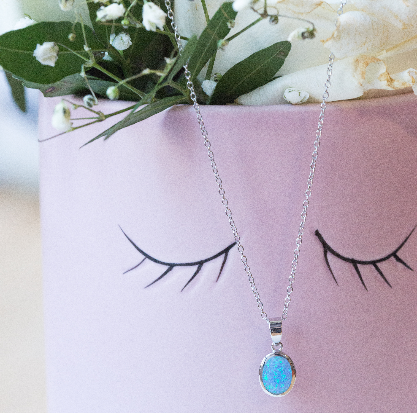
15. A Stone of Legend
One of the most interesting stories behind opal comes from the Native Australians. They believe that the creator of life came down to Earth on a rainbow and walked around, leaving footprints in the form of opals.
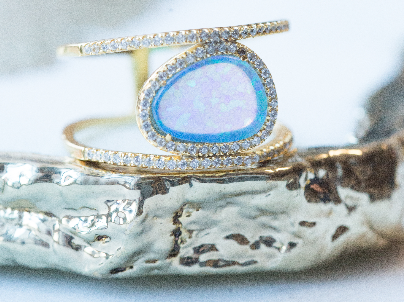
16. More than Just October’s Birthstone
Opal isn’t just officially October’s birthstone. It is also the traditional gift for the 14th wedding anniversary and it’s Australia’s national gemstone.

17. The World’s Largest Opal
The Olympic Australis is said to be the biggest opal in the world. It was found near Boober Pedy in Southern Australia in 1961. In 1997 the stone was estimated to be worth about $2,500,000 AUD. Nicknamed “Eight Mile,” this stone was found about 30 feet deep into the ground in the Australian outback.
The stone got its name due to the Olympics being held in Melbourne that year. The Olympic Australis measures about 11 x 4.7 x 4.5 inches and weighs about 17, 000 carats (almost half a pound).
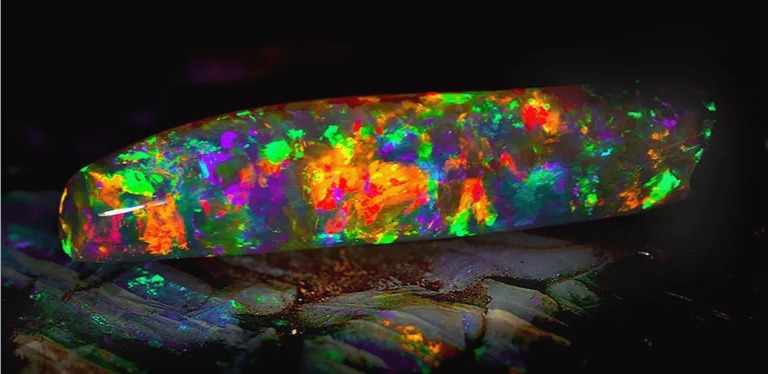
18. The Most Expensive Opal
The world’s most rare and expensive opal is the Virgin Rainbow. It was found close to where the Olympic Australis was, by Boober Pedy, South Australia. It’s worth over $1 million AUD and measures about 72 carats.
What makes it so special is that it glows in the dark – the less light in a room, the more this opal shines. It’s said that this gemstone is actually a fossilizes opal, so at some point a fossil formed and replaced whatever bone was there (many believe it was an ancient cuttlefish).
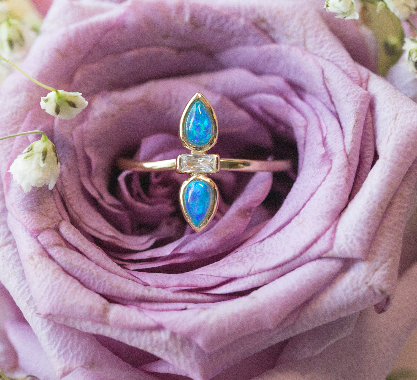
19. October’s Birthstone is a Favourite Among the Queen
Queen Victoria clearly loved gemstones. If you take a look at her jewellery collection, you’ll see many patterns among her choices in fashion. However, she made it loud and clear that her ultimate favourite was opal.

20. Opal is Not Porous
There is an old myth that soaking scratched or scuffed opal in water or oil will improve it. This isn’t true. Opal is non-porous, and thus, doesn’t soak up liquids, so this method of restoration won’t work.
